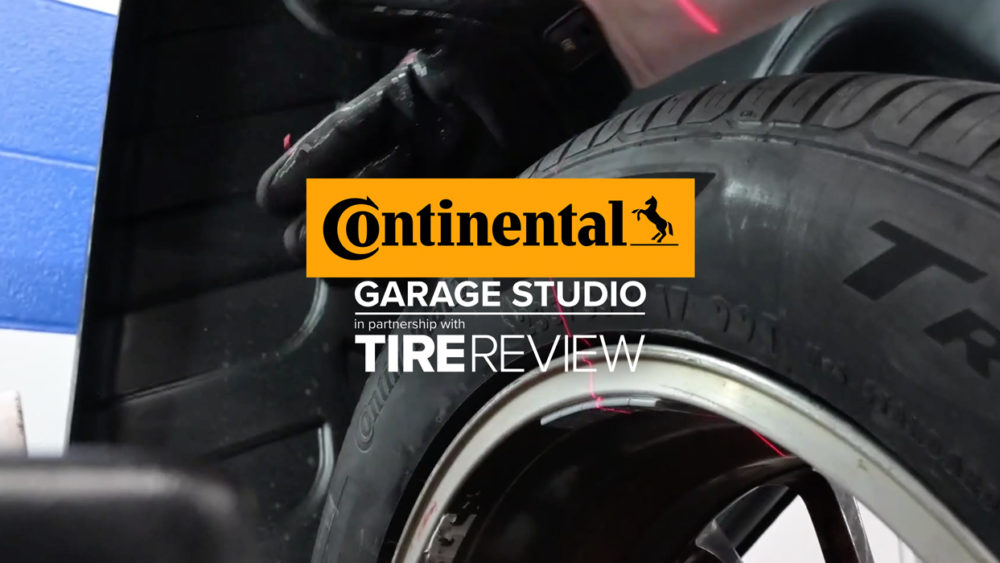Wheel odometry covariance matrix is an important factor in determining the accuracy of a robot's motion. It is a mathematical representation of the uncertainty in the robot's motion, which is caused by the imprecisions in the measurement of the robot's odometry. In simple terms, the covariance matrix represents the robot's estimate of how much it might be off target as it moves across different surfaces.

If you're building a custom robot, then determining a wheel odometry covariance matrix is crucial to ensure that your robot is accurate when navigating. Here are some steps on how you can go about getting the wheel odometry covariance matrix for your custom-built planar robot:
1. Estimate the Wheel Rotation: The first step in getting the wheel odometry covariance matrix is to estimate the rotation of the robot's wheels. This can be done using encoders or position sensors. The encoder or sensor data is interpreted by the robot's microprocessor, which calculates the rotation of the wheel.
2. Calculate the Jacobian: Once the wheel rotation is estimated, you need to calculate the Jacobian matrix of your robot, which relates the velocities of the robot's wheels to the overall motion of the robot. The Jacobian matrix is used to calculate the forward kinematics equations for the robot.
3. Compute the Covariance Matrix: The next step is to compute the covariance matrix, which is determined based on the estimated uncertainties in the robot's position, velocity, and acceleration. This matrix can be calculated using the Kalman filter.
4. Validate the Covariance Matrix: Finally, you need to validate the covariance matrix by testing the robot's performance. This can be done by comparing the robot's actual position against its estimated position based on the covariance matrix. This will help you determine whether the covariance matrix is accurate or requires further refinement.
In conclusion, getting the wheel odometry covariance matrix for a custom-built planar robot is an essential step in ensuring that the robot moves accurately. By following the above steps, you can calculate the covariance matrix and validate it to get the most accurate results possible. Custom robotic gears and custom robot control play an important role in the overall performance of the robot, but getting the right covariance matrix takes priority.